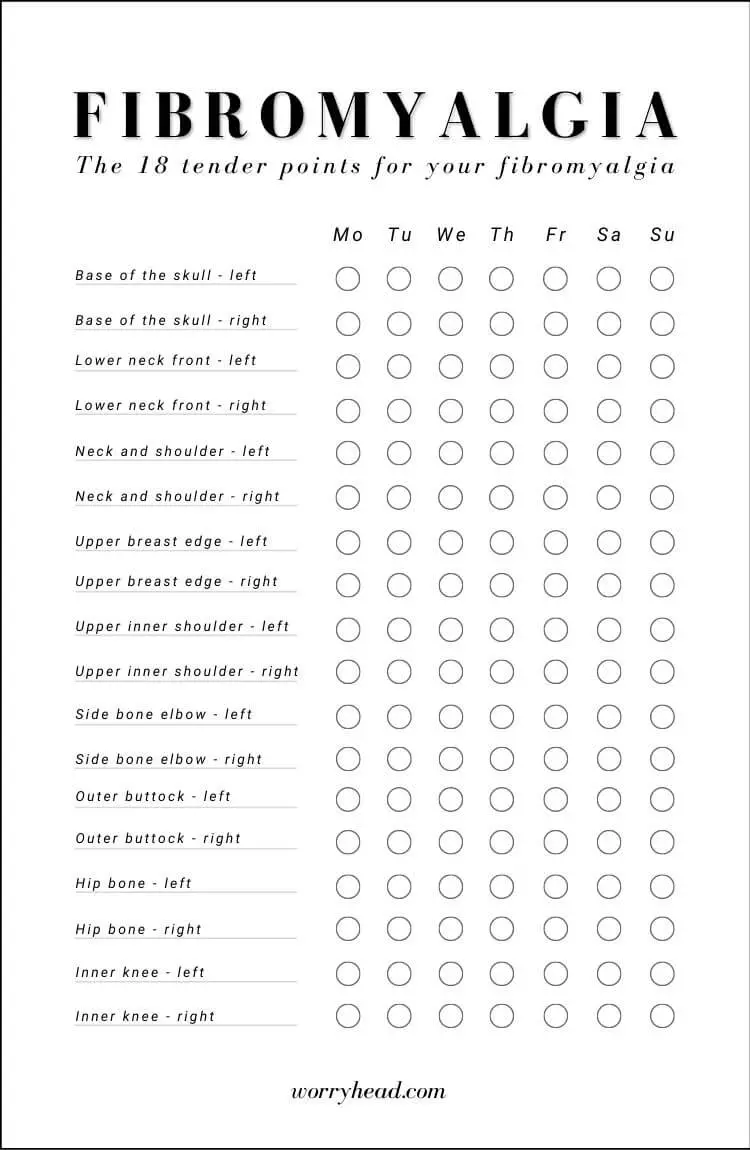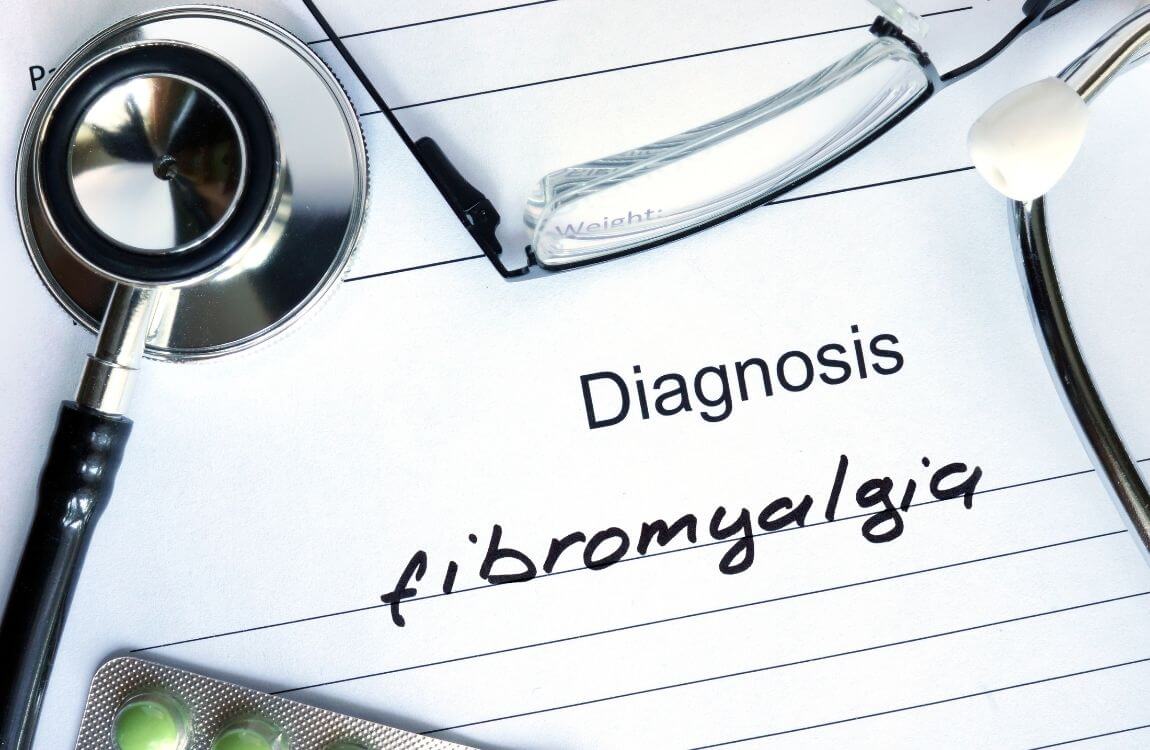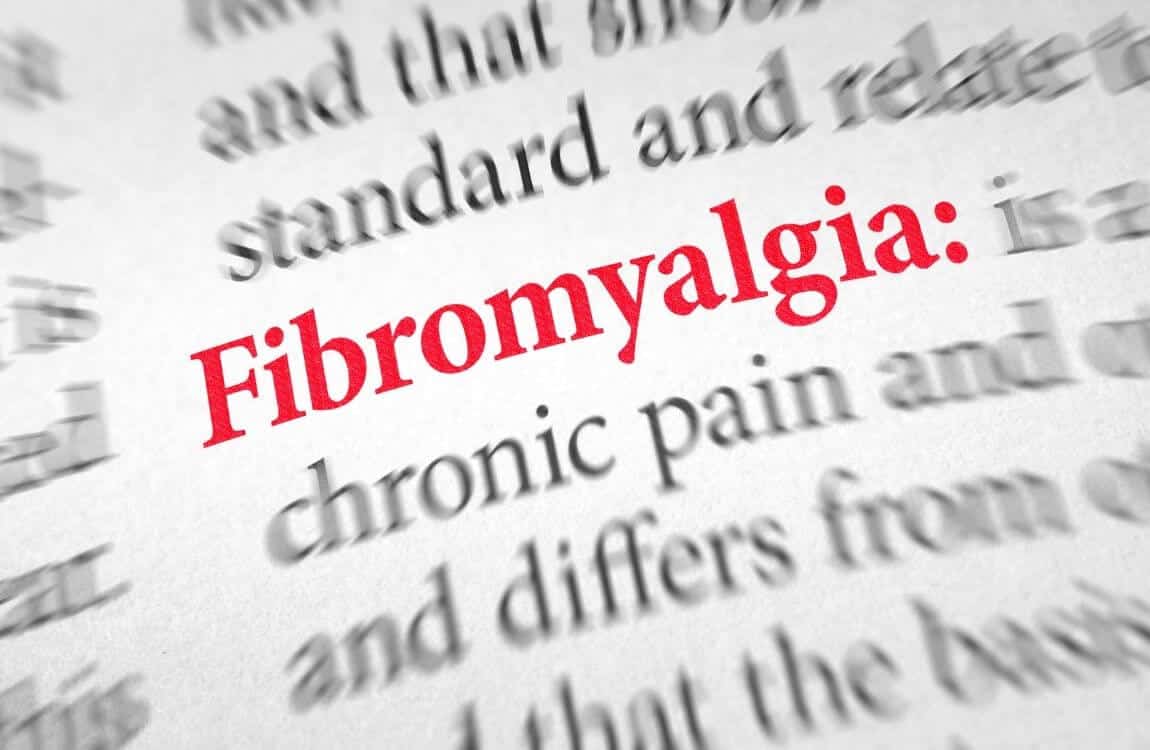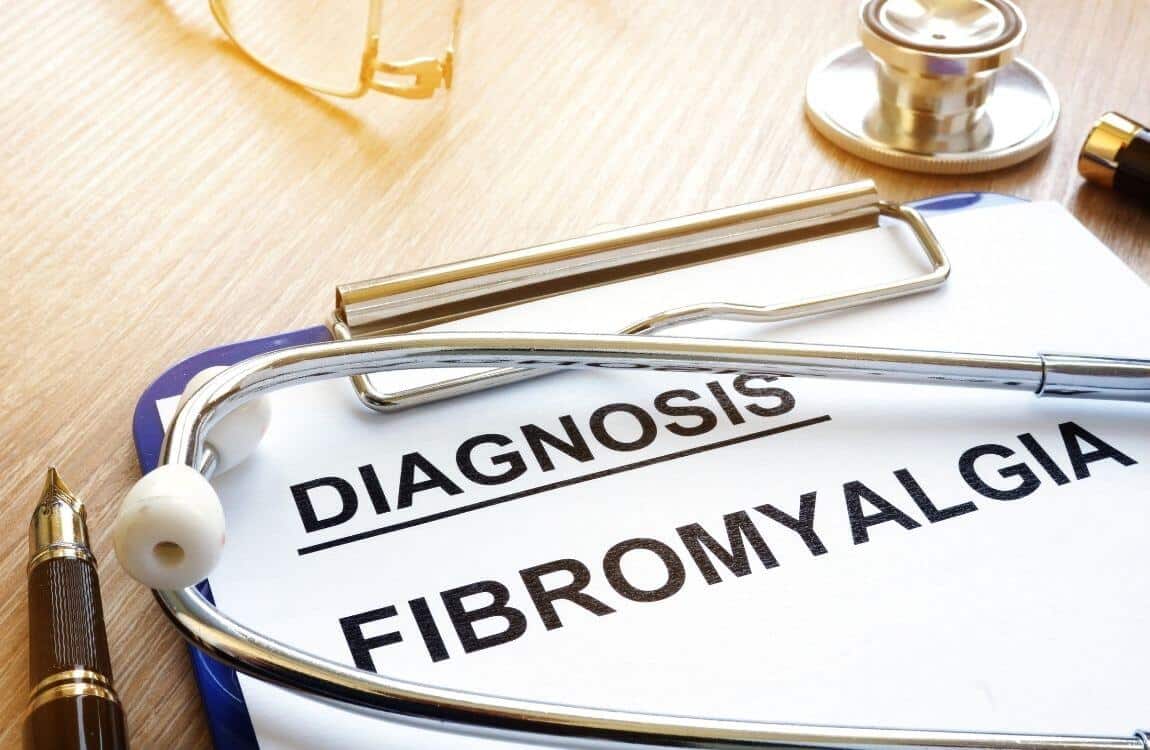Fibromyalgia diagnosis sheet: fibromyalgia diagnosis checklist pdf
Fibromyalgia diagnosis sheet.
In order to diagnose fibromyalgia doctors give patients a fibromyalgia diagnosis sheet.
Just below this short description, you will find your FREE downloadable fibromyalgia diagnosis checklist pdf.
Later on, we’ll get into more details about it.
Firstly though, let’s shine a light on what the fibromyalgia diagnosis sheet is…
In a nutshell, it’s a medical sheet that provides clinical fibromyalgia criteria for doctors, helping them diagnose this condition.
In short, fibromyalgia is a chronic condition that involves widespread pain throughout the body.
It can be really difficult to diagnose fibromyalgia because of a number of other conditions that have similar symptoms, including:
- Lyme disease
- Some types of cancer
- Degenerative diseases of the spine
- Hypothyroidism
- HIV, AIDS
- Sometimes endometriosis
Not knowing what to do delays the diagnosis process. It takes long enough already. Precisely, 5 years on average.
It takes so long because your doctor has to rule out many of the conditions mentioned above.
Below you will find downloadable fibromyalgia 18 tender-points checklist in pdf version…

Fibromyalgia diagnosis…
According to the diagnostic criteria for fibromyalgia, you will have confirmed the condition if you meet the following three things:
- Widespread pain index of which score needs to seven or higher, and a symptom severity scale score that needs to be five or higher.
- You’ve experienced symptoms at a similar level for at least three months. Usually, people experience them for years before their doctor agrees to check them.
- You don’t have another disorder that could explain your symptoms. Various tests will exclude other conditions.
Additionally, doctors use another fibromyalgia diagnosis sheet with a tender point system.
So, in addition to the above three criteria of diagnosis, tenderness must be felt in at least 11 out of 18 points on your body when the doctor applies pressure to them.
The locations of these points are:
- between your shoulder blades
- the top of your shoulders
- the back of your head
- the front of your neck
- your upper chest
- your outer elbows
- your upper hips
- your inner knees
- the sides of your hips
Fibromyalgia causes a variety of symptoms, oftentimes making people feel anxious and depressed.
For that reason, doctors don’t even consider fibromyalgia but decide that the affected person is stressed or/and depressed.
They rarely evaluate the person as a whole but follow the system that sees everyone as a number.
Everyone is unique and should be looked at accordingly.
We live different lives, under different circumstances, within a different environment.
If people weren’t treated as numbers but unique individuals, national health services would save a lot of money, and diagnosis would take less time.
Because the symptoms are similar to other conditions, this is the reason why it takes an average of five years for people to be diagnosed with fibromyalgia.
However, a fibromyalgia diagnosis sheet will help you speed up the process. Knowing the type of pain and its location can help your doctor diagnose you quicker.
The faster you get diagnosed, the sooner you start your treatment and sooner relieve your symptoms and pain.
Below you will find some of the most common fibromyalgia symptoms to help you get an idea if you may have fibromyalgia or not.
Knowing what to look for, you will be able to write some notes and start collecting data.
Having all that, you will be able to go to the doctor to speed up the process of diagnosis, rather than waste 5 years of your time living in pain.
Does it sound good? Great, let’s do it!

Main symptoms.
Let’s take a look at the main signs and symptoms of fibromyalgia.
At the very core of fibromyalgia is widespread pain. This is the main symptom but it may vary.
You should expect pain and tenderness in your muscles and joints but this pain can shift from place to place.
It’s been said that to meet the criteria for a fibromyalgia diagnosis, you need to experience pain for at least three months.
The truth is that by the time people realize the consistency of pain and tenderness, it takes more than 3 months.
Besides that, the pain must be in a number of body parts and be of a specific severity score.
As you remember, your doctor must exclude other conditions that could explain similar pain. This complicates things more, doesn’t it?
Fibromyalgia often causes other symptoms, such as:
- Fatigue.
- A lack of energy.
- Trouble sleeping.
Brain fog or so-called “fibro-fog” (memory problems and trouble concentrating). - Headaches, migraines.
- Muscle twitches or/and cramps.
- Tingling in the hands and feet.
- Itching or/and burning skin.
When talking about more severe symptoms, pain from fibromyalgia can be so intense and long-lasting, it can stop you from working and other activities.
A little tip – sleep is the best painkiller!
Ooh, by the way… if you suffer from more symptoms and you find yourself a little bit confused, it may be due to the possibility of other conditions, such as endometriosis!
Since my wife suffers from both – endometriosis and fibromyalgia, I know these symptoms can often overlap.
Emotional and unusual symptoms!
Fibromyalgia can also cause intense emotional symptoms. I mentioned already anxiety and depression.
But there’s more. Trying to take control over her situation, the pain, the diet, etc… my wife developed Obsessive-Compulsive Disorder.
Remember that there are no set rules for all the symptoms being present. Every person is unique and won’t experience fibromyalgia in the same way.
But constant fatigue affects more than 90% of people and it’s worth taking it into the account.
Fibro-fog isn’t like ordinary tiredness. It’s actually really exhausting and really drains you of energy.
It also turns every activity into a chore, even simple ones.
Irritable bowel syndrome (IBS) is quite often the symptom. It consists:
- Diarrhea and/or constipation.
- Belly pain.
- Bloating and gas.
- Feeling nauseous, sometimes sick.
- Migraine headaches, which can be severe.
Now, onto the more unusual symptoms that may or may not occur:
- Sensitivity to noise.
- Sensitivity to light.
- Sensitivity to temperature.
- Jaw pain.
- Urgent and often need to urinate.
- Food allergy-like symptoms and acid reflux.
- Diarrhea or vomiting.

The difference in fibromyalgia pain.
Fibromyalgia pain is located in your muscles and joints, but it can also affect your nerves.
Fibromyalgia pain is unique and widespread because of the way your brain processes it.
Once again, everyone’s experience with pain from fibromyalgia is different because we are different.
Some people feel it all over their body whereas others feel it only in certain muscles, like in their back or legs.
The quality of the pain can differ from person to person, too. It’s been described as:
- throbbing
- aching
- burning
- shooting
- stabbing
- soreness
- stiffness
The intensity of your pain may vary based on time and activity.
My wife finds that they are better in the morning but you might find otherwise.
Stress, a bad diet, and a lack of sleep are her triggers for pain. Even weather can affect the type and intensity of it.
Medication is very good for pain but not for fibromyalgia.
It’s good for trauma pain, such as a broken leg, a wound, a burn, but not for fibromyalgia.
People might disagree because tv adverts tell them so, but hear me out!
Medication is NOT good for chronic pain!
So, in the case of fibromyalgia pain, it’s a completely different situation.
For one thing, chronic pain doesn’t have an ending point, therefore drugs in chronic pain need to be used with caution!
People develop tolerance to pain wanting to increase the dosage every so often.
That can be dangerous because they need more and more drugs to get the same effect. It may lead to addiction.
The problem is that as we develop tolerance to drugs, every time we increase the dosage, we increase the side effects.
It can affect us not only physically but also mentally.
When the side effects become problematic, we look for other ways to deal with the pain, but alongside side effects, medication becomes also more costly.
So, how to deal with fibromyalgia pain?
Pain is the most obvious symptom of fibromyalgia. Quite often it is the most difficult one to deal with.
Fatigue, brain fog, poor concentration, and emotional aspects of it like anxiety and depression, have a big impact on your life.
They all affect the level of pain you experience.
Acute vs chronic pain is a subject of two completely separate pieces. Chronic pain conditions cannot be treated with an acute mentality.
In order to help you manage your pain, the answer is in this very sentence – you need to manage it!
The management of chronic pain is about improving the quality of your life and functioning.
Chronic pain management requires:
- Medical optimization (CBD for example).
- Physical reconditioning (rehabilitation).
- Behavioral, lifestyle modification (pain psychologist).
When you are a professional caregiver, your job may last a few hours at a time.
However, when you care for a chronically ill loved one, the demands of caregiving are completely different and often can be really exhausting, and overwhelming.
But there are steps you can take to rein in stress and regain a sense of balance, joy, and hope in your life.
Since you are interested in fibromyalgia, I wrote a “Fibromyalgia for Caring Partners” e-Book, in which 1st chapter is absolutely FREE!
FREE Fibromyalgia e-Book
Fibromyalgia for Caring Men



About Me
Hi, I’m Lucjan! The reason why I decided to create this blog was my beautiful wife, who experienced a lot of pain in life, but also the lack of information about endometriosis and fibromyalgia for men…
